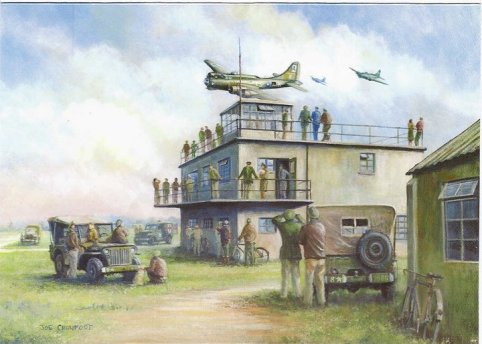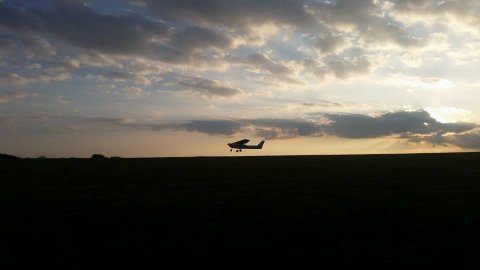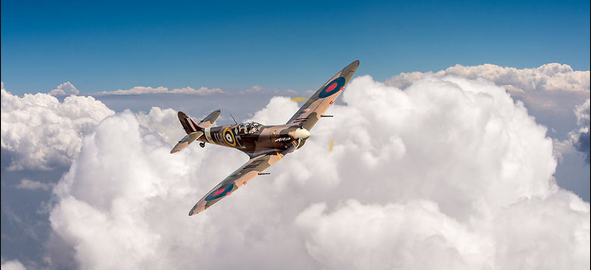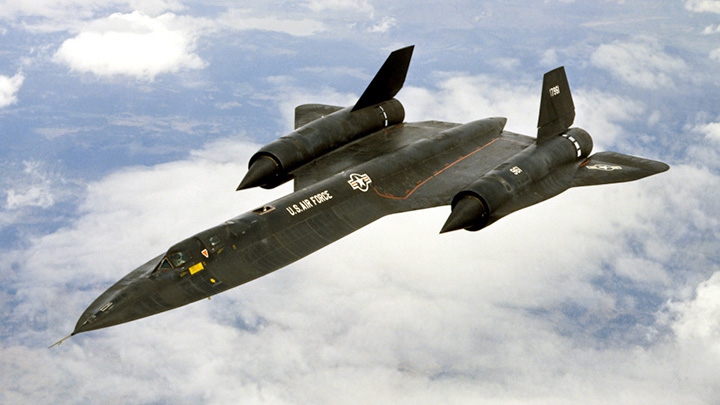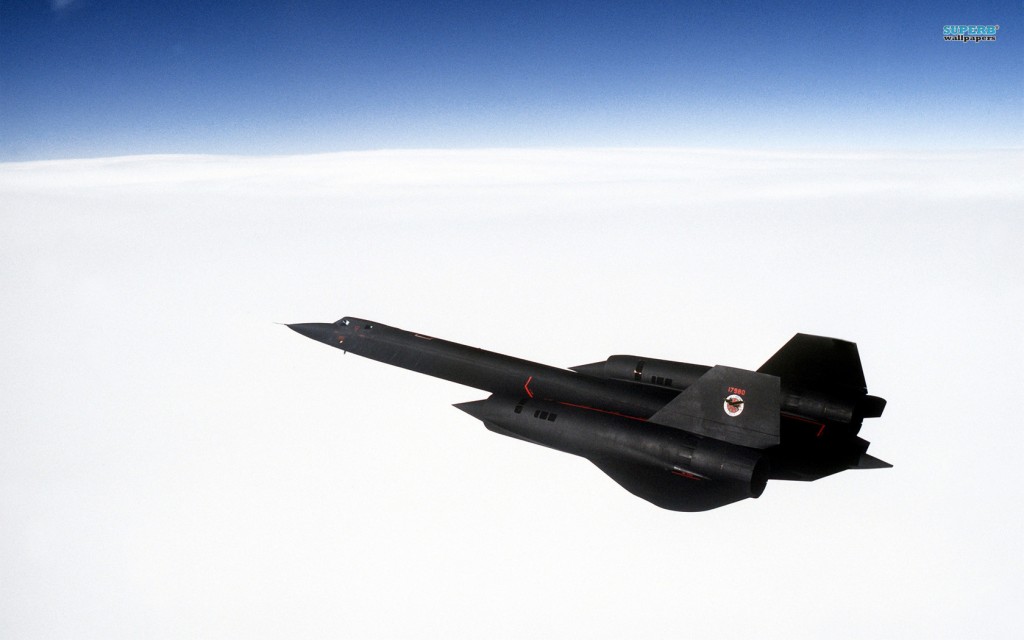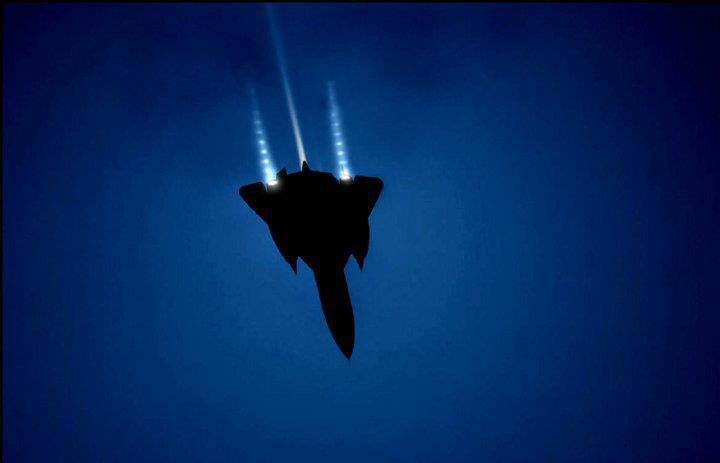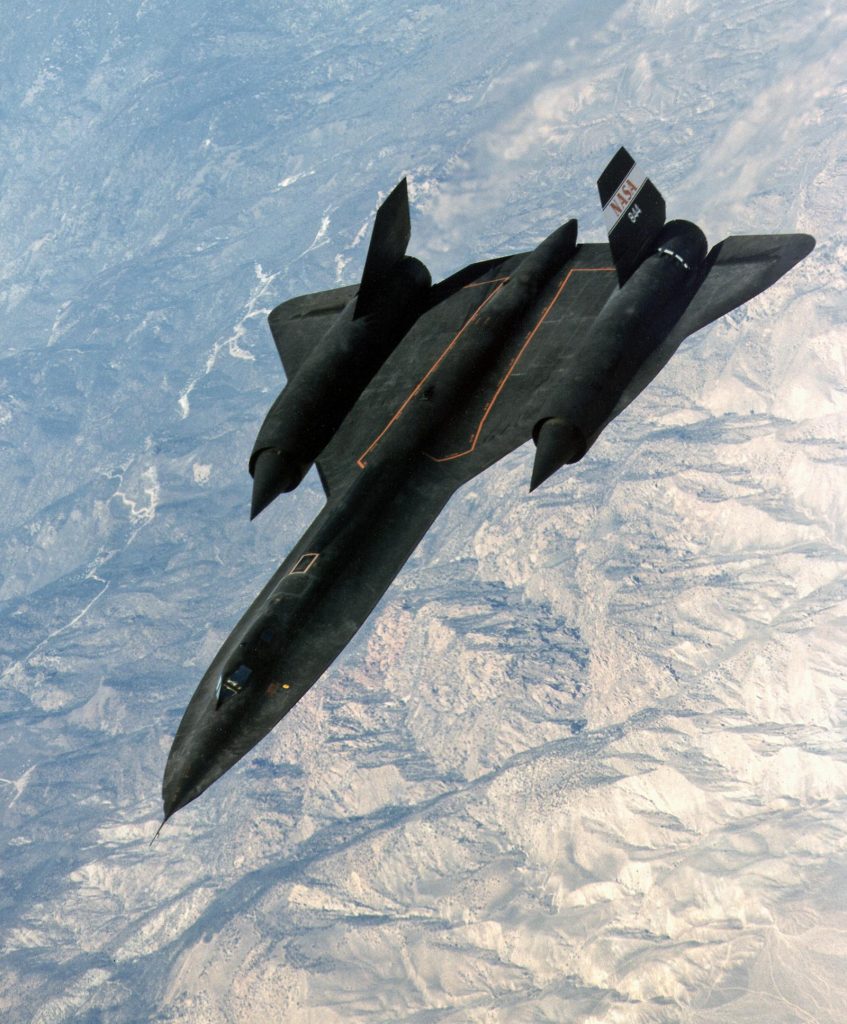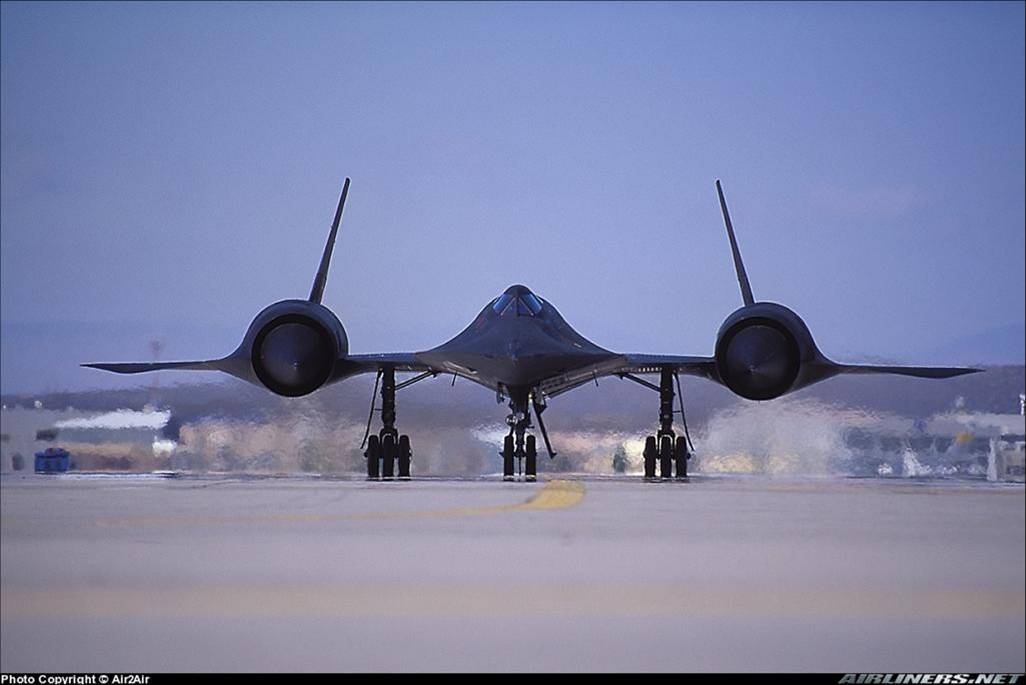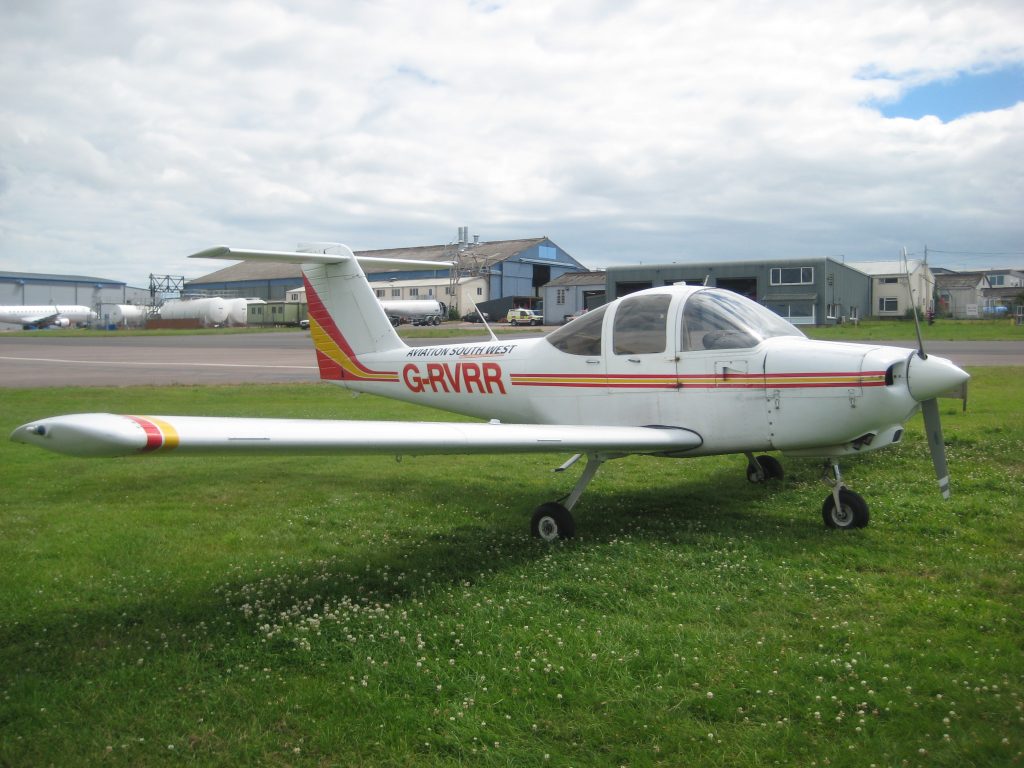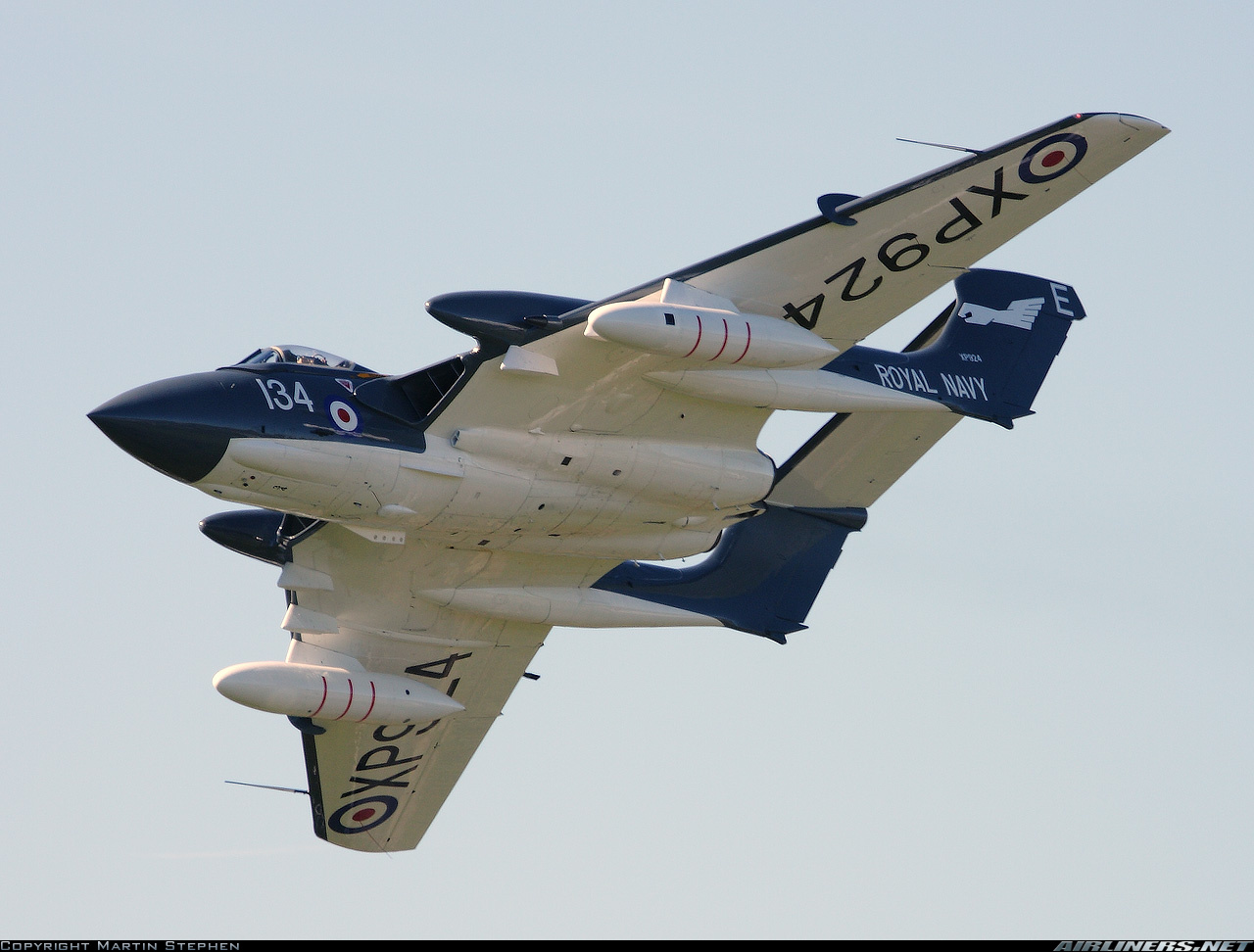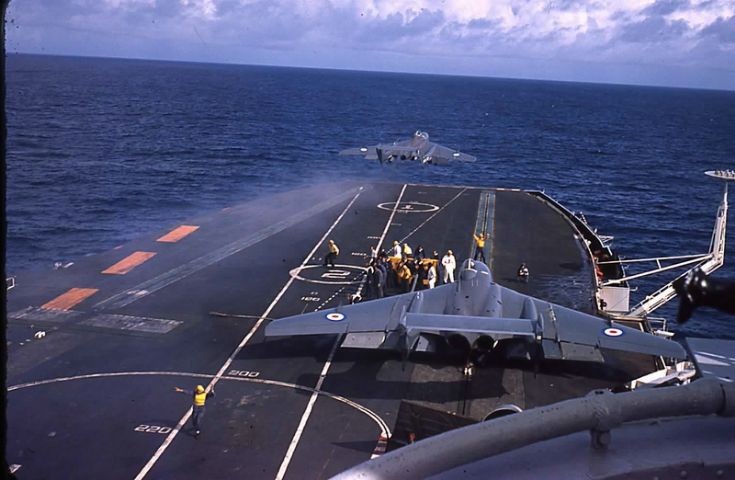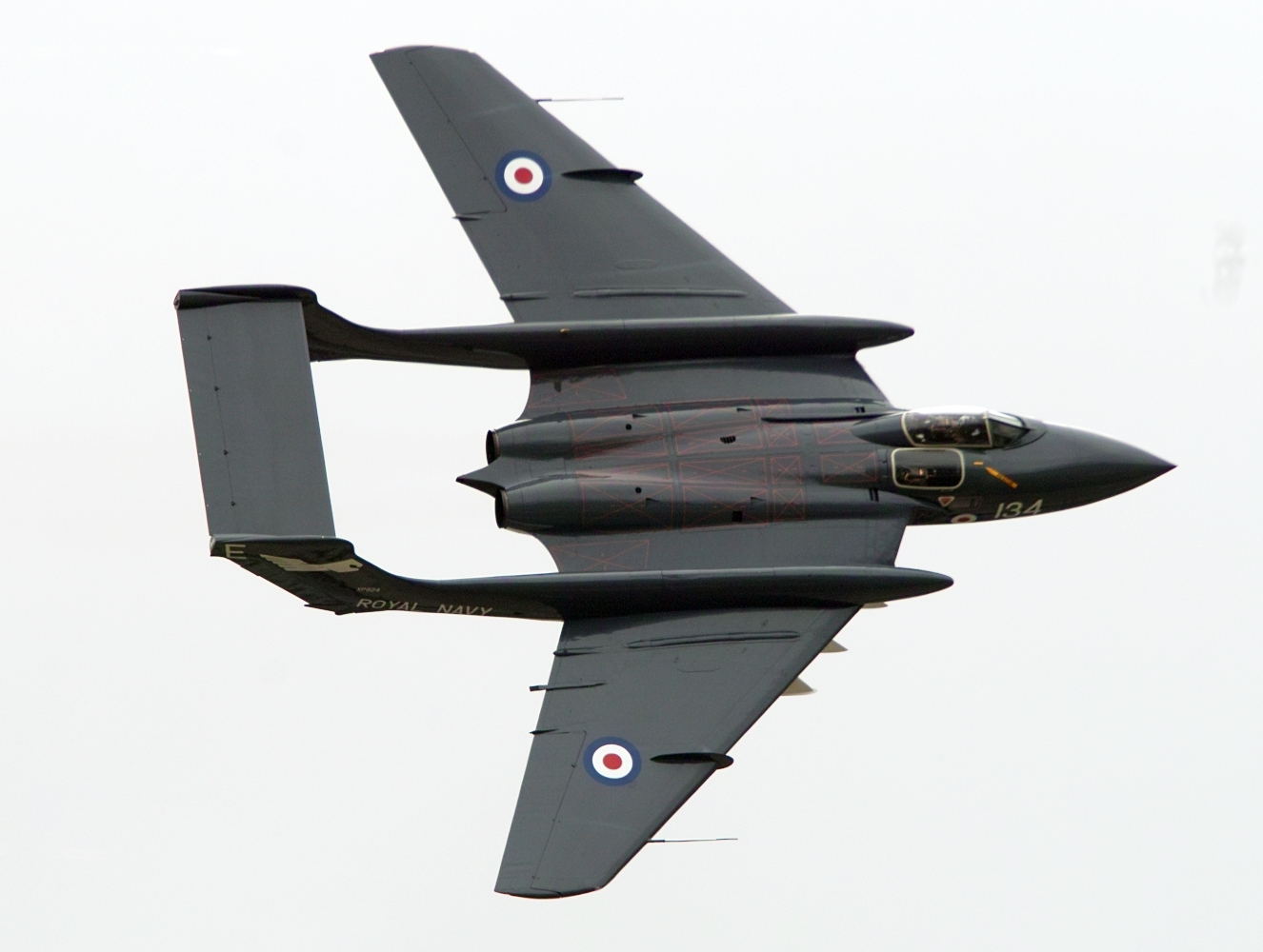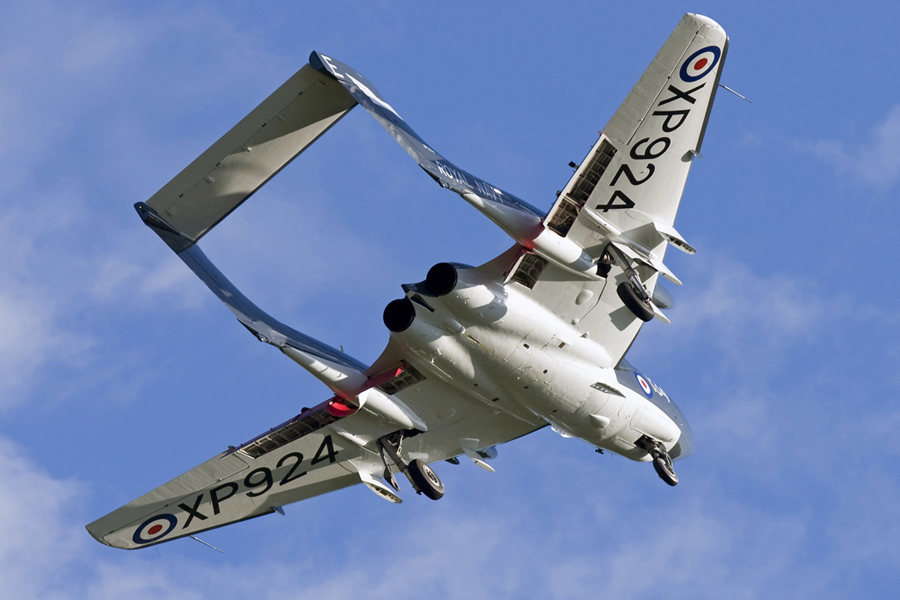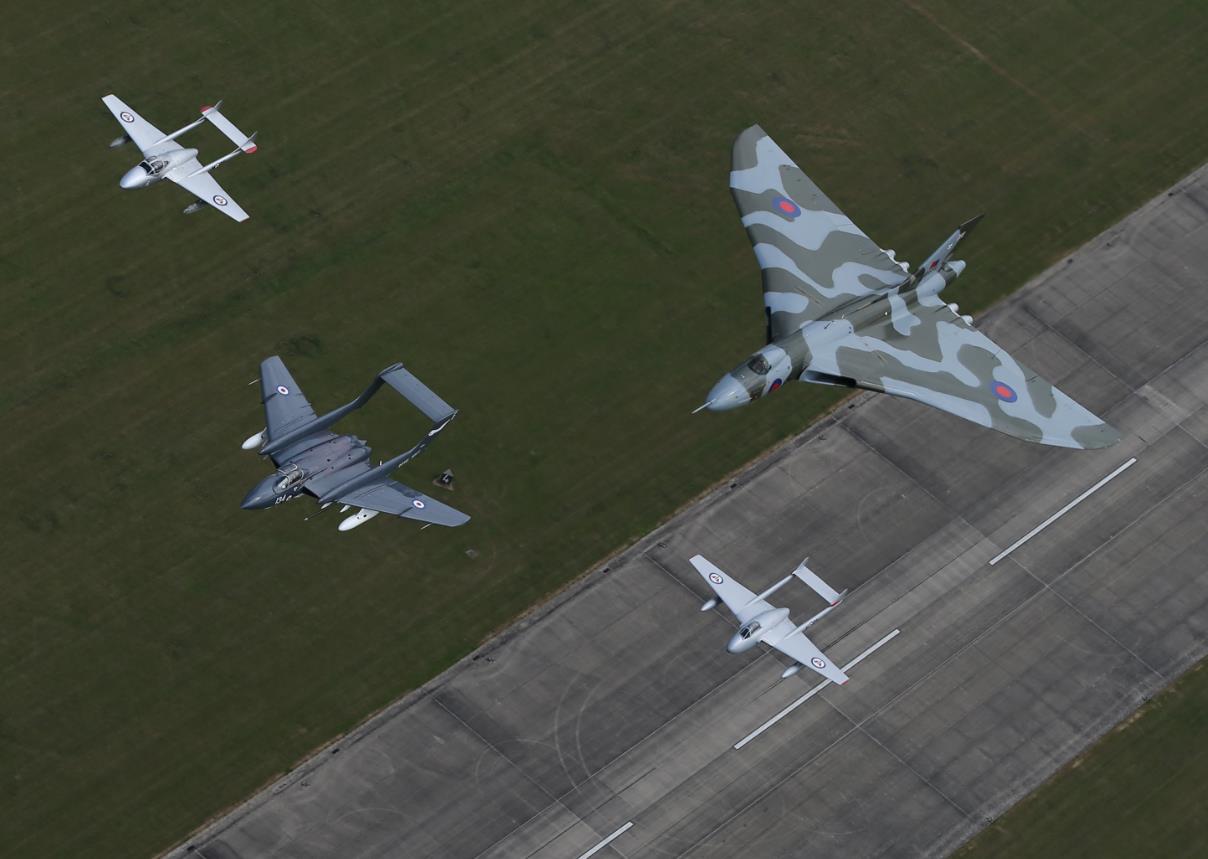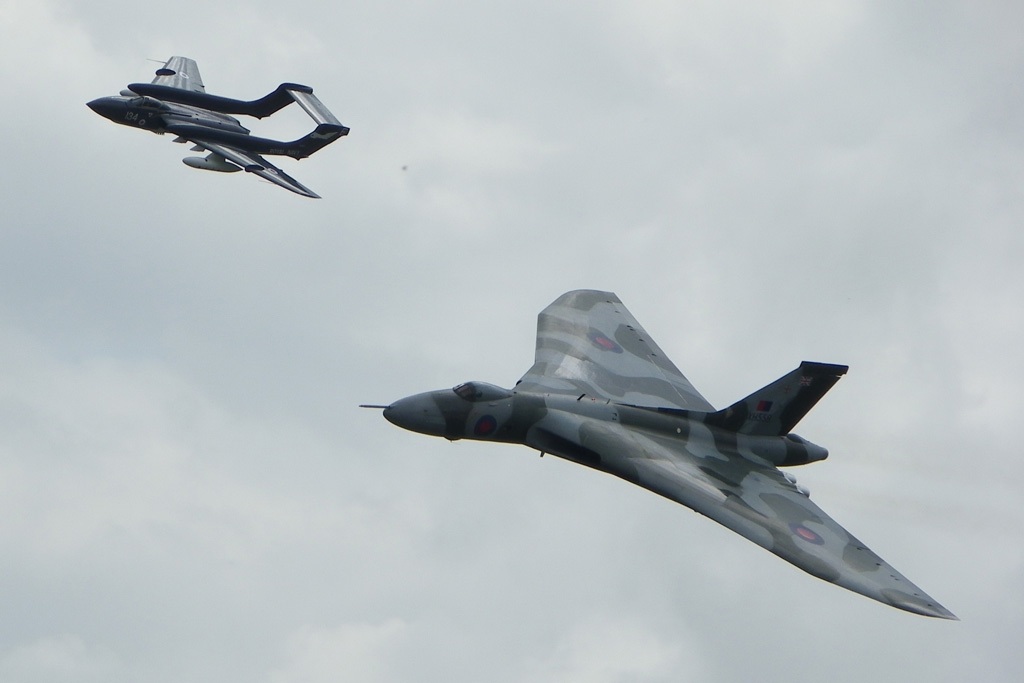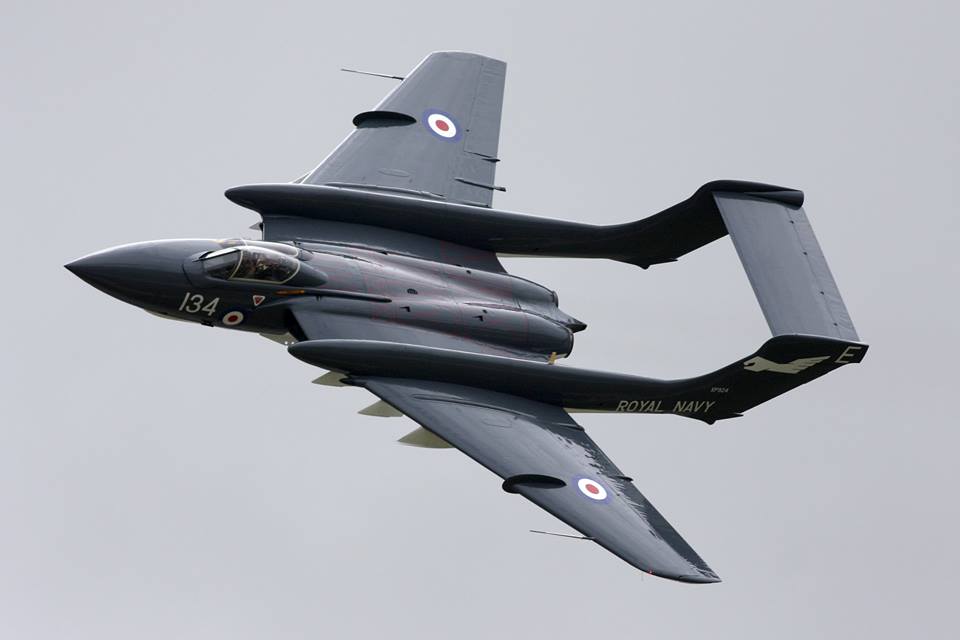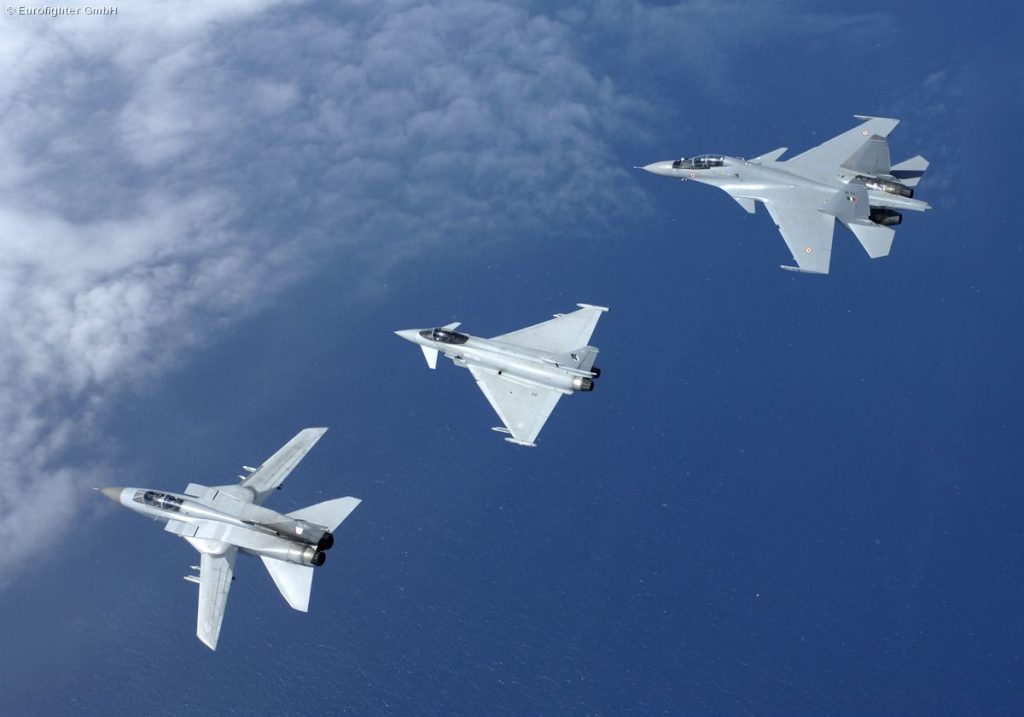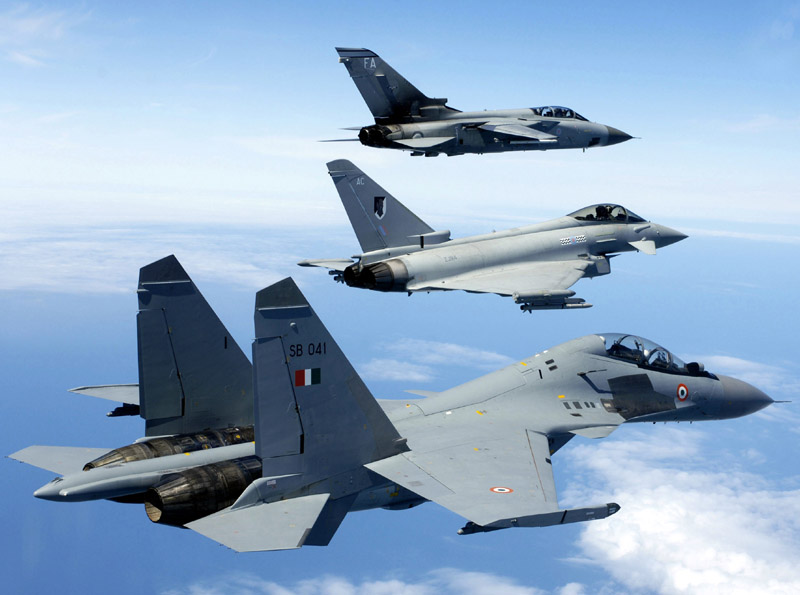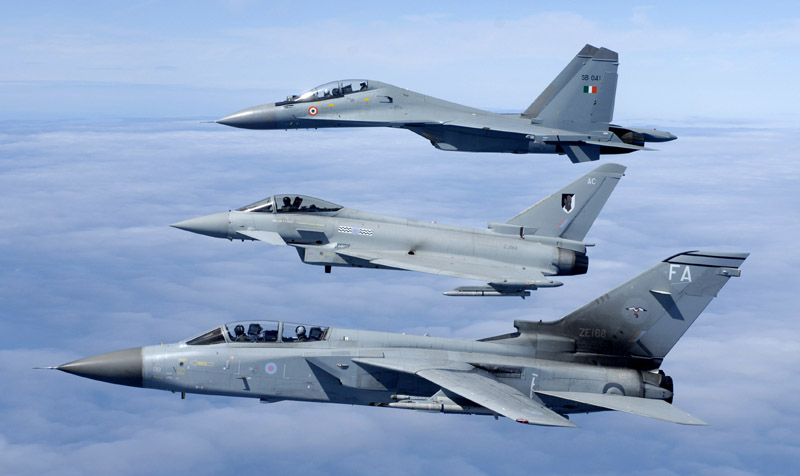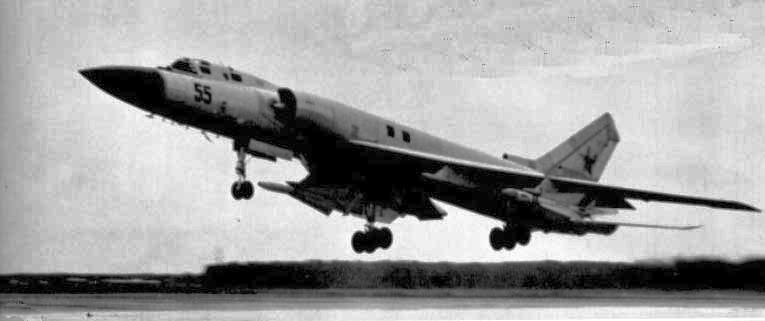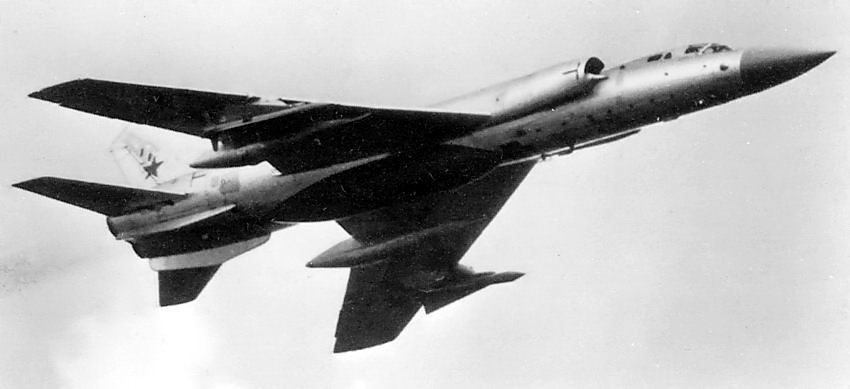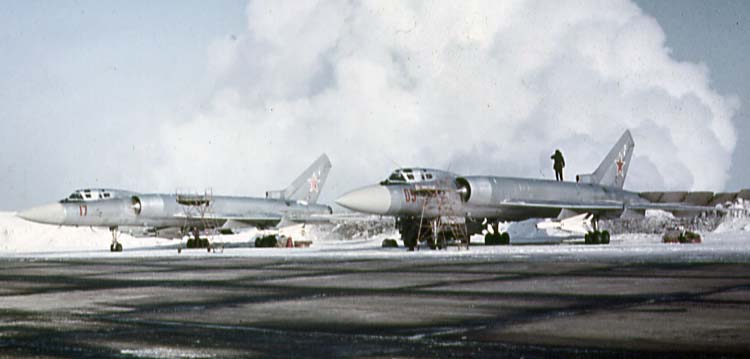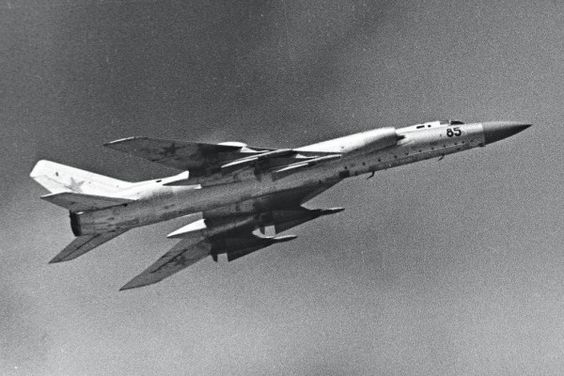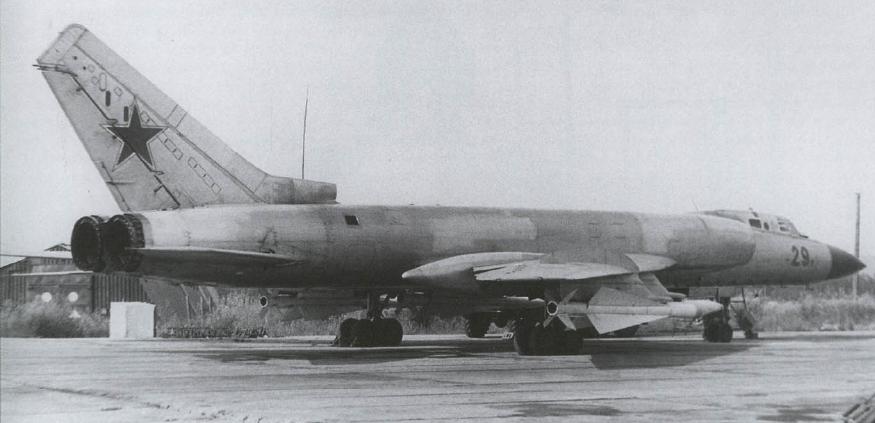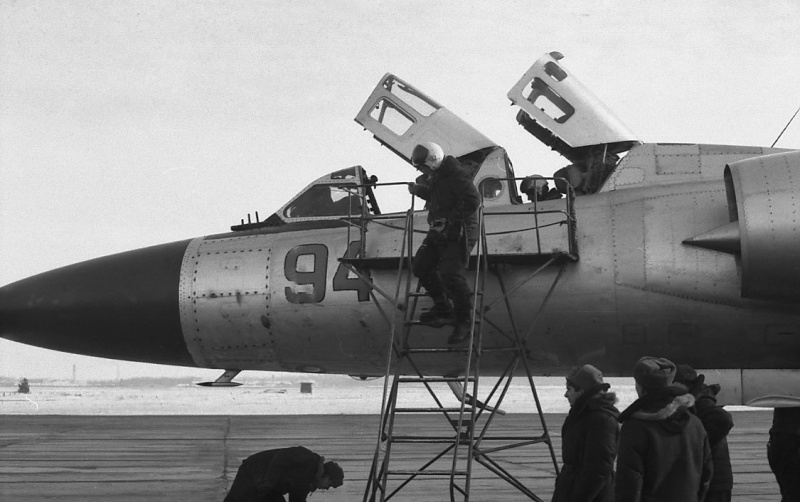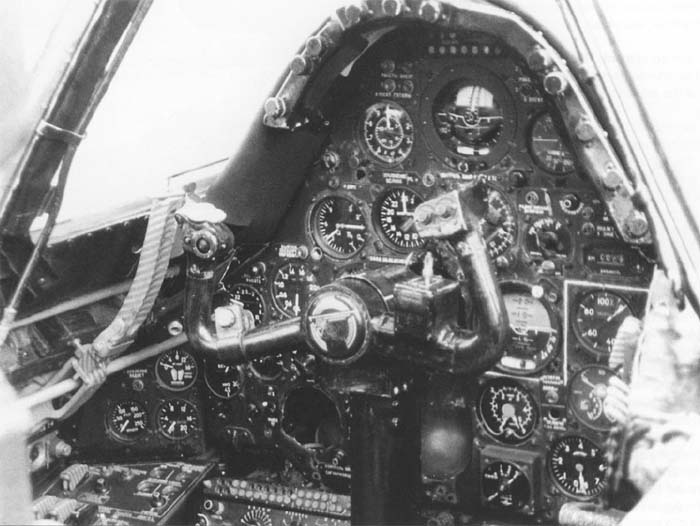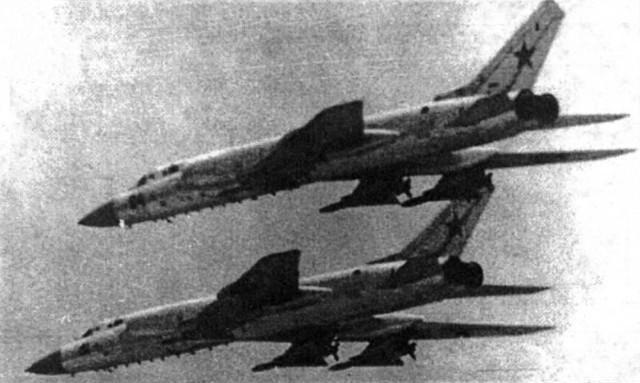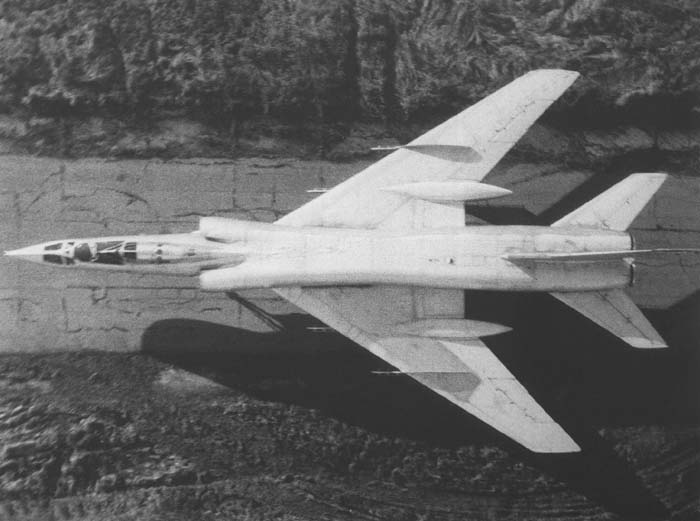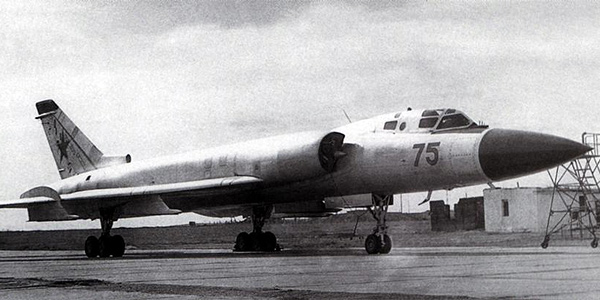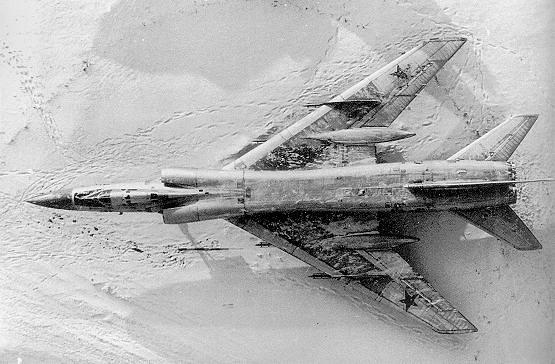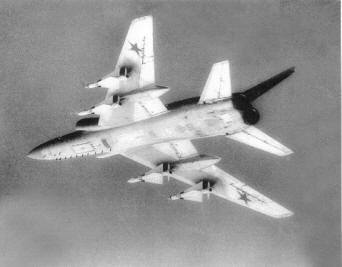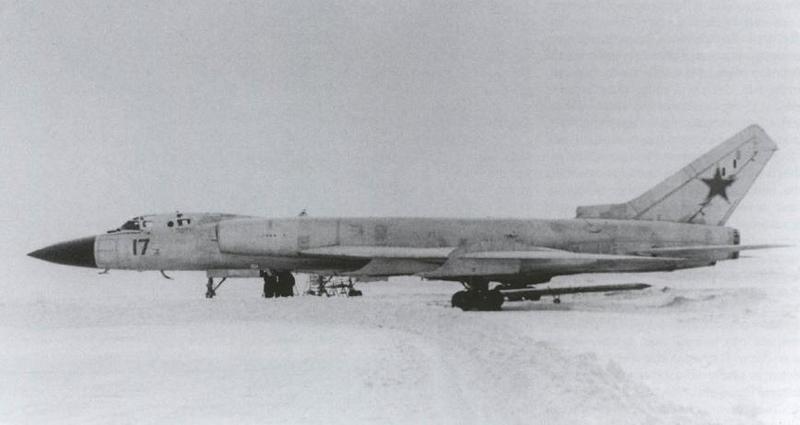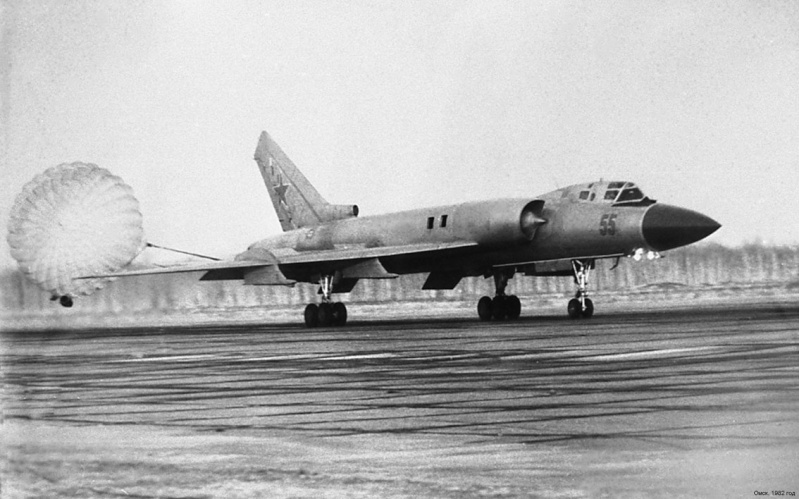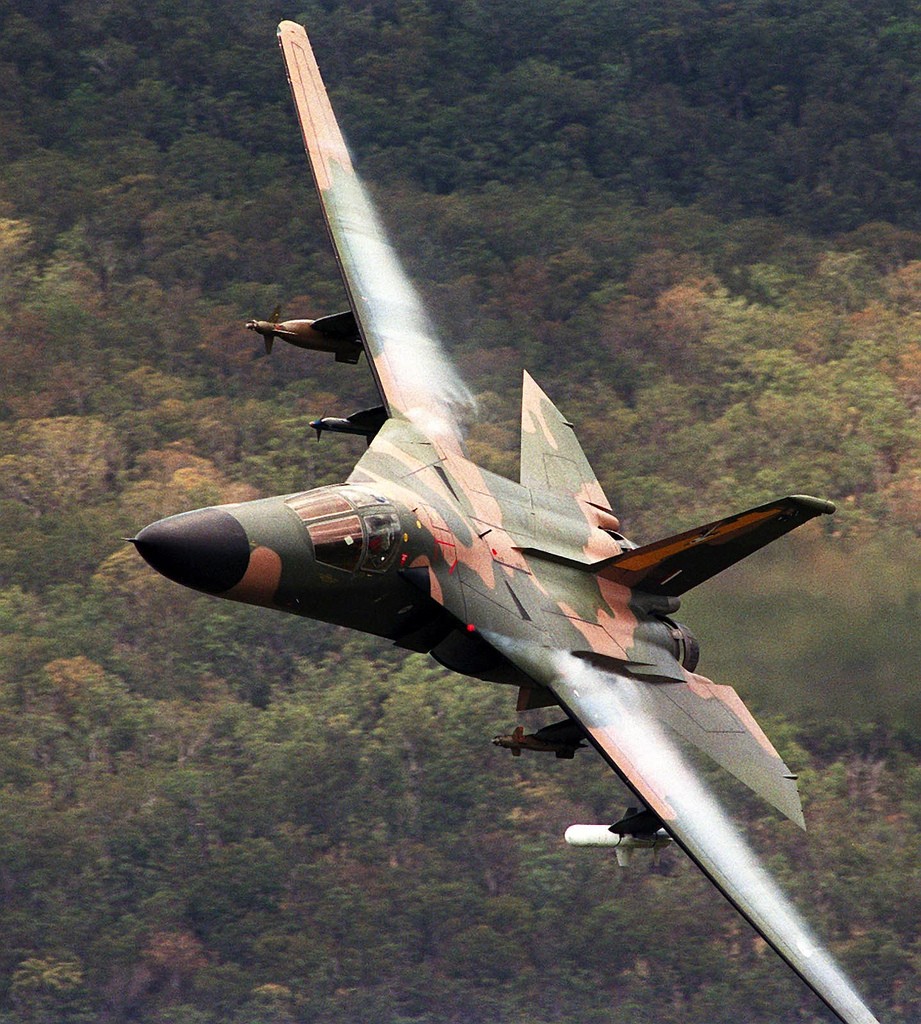“…and I was being chased by at least three Focke-Wulf 190s…”
“What, in a Tempest? Couldn’t you just outrun them?”
“Well, no, it wasn’t like that you see…..carry on, you’re doing fine….”
What an honour, having veteran flying instructor, senior flight examiner and war veteran Rufus Heald have me fly him for my pre-solo check ride. This is the final check by a senior instructor, to see if he agrees with your Instructor that you are ready to take an aeroplane up by yourself for the first time – the First Solo. And what a real gentleman Rufus was, taking my mind off my nerves by regaling me with war stories – albeit stories about being chased by German fighters!
But I have to be honest and say that in some ways I kind of felt like I couldn’t wait to get him out of the aeroplane so I could go flying by myself for the first time ever. Rufus, if you read this, please accept my apologies, although I am absolutely sure you understand!
‘Any questions?’
‘Just the one, Rufus: if some clot decides to prang a Dash-8 [an airliner] right on the runway intersection, what do I do?’
‘No problem. Just follow the A38 eastwards all the way to Exeter, and land there’
‘Oh, ok, thanks.’ A sobering thought, that; if that happened, then my first solo would turn into my first solo cross-country flight, but fortunately that doesn’t happen. Good job too; I haven’t started my navigation training yet.
‘Right then, off you go and good luck!’
So, once Rufus had hopped out, it’s interesting to see how quickly the flying discipline comes in. Settle down, now; you’ve got to get this next bit right first time, there’s no second chances. Crumbs, this is scary, do I have to do this? Yes, you do; you’ll never be a Pilot unless you do this.
Right then, time to get cracking. Power checks: check clear behind, set 1,200rpm, check both magnetos on, brakes on and oil temperature and pressure (T’s and P’s) in the green, set 2,000rpm and check brakes holding. Select carburettor heat HOT and rpm drop within limits at less than 175rpm, also no rough running and select carb heat COLD and check the rpm recovers to 2,000, Mag drop right – 100rpm; mag drop left – 100rpm. Max drop 125rpm so within limits; difference between drops less than 50rpm (in fact they were the same) so that’s ok. Mags both on again, suction gauge showing 3″-5″ vacuum, ammeter charging, T’s and P’s in the green, Idle check – close throttle, 700rpm, that’ll do, reset 1,200rpm.
Now pre-takeoff vital actions: Trimmer set for takeoff, throttle friction nut set, mixture rich, magnetos both on and master switches both battery and alternator on, pitot heat off, primer IS locked, fuel on and sufficient, flaps up, Instruments: Direction Indicator, artificial horizon, altimeter has the QFE set [pressure setting to indicate height above aerodrome level], T’s and P’s again, landing light goes ON and transponder indicating 7000 and set to Mode C, doors and windows secure, straps tight, carb heat recheck then select COLD, controls full and free movement. Call: ‘Golf Tango Oscar, ready for departure’. I know my Instructor, Tim, is watching from the Tower right next to the Air Traffic Controller, in case anything goes wrong and I need any help. Not that he can give direct help; I think that when flying an aeroplane by yourself, you are more alone, and beyond direct help, than you can ever be in any situation on earth. Another sobering thought.
“Golf Tango-Oscar, backtrack line up Runway 31”
“Backtrack line up 31, Golf Tango-Oscar”
Right, this is it, then. Brakes off, and off we trundle from the holding point onto the active runway, rolling along to the far end of the runway and then turn the Cessna on a sixpence to line up. The familiar sight fills my view: the runway stretching off into the distance, promising imminent adventure, exhilaration, concentration and the ultimate in achievement – that of flying an aeroplane in complete defiance of the gravity that has held our ancestors earthbound for so many thousands of years. But this time I’m on my own; there’s nobody sitting in the right-hand seat and I know that the next five minutes or so are the real beginning of my flying career – if I get it right. But surely Tim and Rufus wouldn’t have let me go if they didn’t think I was up to the task?
Without any delay, the Controller’s voice comes in over the R/T: “Golf Tango-Oscar, clear takeoff runway 31, right hand circuit, surface wind three-three-zero, five knots”. Good, that’s the wind more or less straight down the runway, then; no significant crosswind component. “Clear takeoff 31 right hand, Golf Tango-Oscar”. So, hold the aeroplane on the toe-brakes, power to 2,000rpm and check T’s and P’s in the green, then brakes off heels on the floor [so toes away from the brakes] and full power applied smoothly. Everything happens very quickly but this is what I have been trained for. Check full power: 2,500rpm, T’s and P’s in the green, airspeed building, keeping straight using the feet on the rudder pedals and looking for 65 knots and rotate and….”AIRBORNE! Wooohooo!” the shriek of pure delight erupts spontaneously. I’m flying an aeroplane all by myself for the first time ever and the only way I’m going to live through this is if I get everything right. That’s honestly what I thought, you know! Right, concentrate now, five hundred feet, after-takeoff checks: Fuel is on and sufficient, Engine T’s and P’s green, radio tuned to Plymouth and we’ve got our clearances, Altimeter has the QFE in, landing light stays on because we’re staying in the circuit. Crumbs this aeroplane is performing so much better; we’re at circuit height, 800ft, already and only just turned crosswind. Must be because we’re so much lighter with only one person on board. ONLY ONE PERSON on board and I’m flying an aeroplane on my own oh my goodness this is crazy right settle down and remember your training. Set 2,000rpm for 80kt at 800 ft. And you’re going to land in a couple of minutes so you need to do something about that. Right then, turn downwind, level now with the end of the runway and report “Golf Tango-Oscar downwind to land” Just the one circuit for the first solo. “Golf Tango-Oscar, report final”. “Report final, Golf Tango-Oscar”.
Right that’s him told, now let’s do the downwind checks. Brakes are OFF (check them), undercarriage is fixed down, (and now miming the actions) mixture is rich, fuel on and sufficient, flaps up, instruments QFE in the altimeter – and we’re a little high; must be the excess power – T’s and P’s are good, landing light is on still, carb heat check – no rough running – and then selected COLD, hatches and harnesses secure; yours? Oh, there’s nobody in the right hand seat, now isn’t that weird? Aeroplane feels empty…. ok downwind checks complete, runway in my four-o clock position, time to turn base.
So, a neat 90-degree right turn and now I’m on base, the last part of the circuit before my final approach. Immediate actions: carb heat HOT, power back to 1,700rpm and hold the height as the speed decays; we are already within Vfe [maximum flap extension speed] so flaps to 20 degrees and watch the nose come down. Establish 70kt and 500fpm descent and re-trim the aeroplane. Everything’s looking good except that I’m still too high; now at 900ft instead of 800ft. I know exactly why; it’s because I didn’t have the weight of the instructor aboard (how ’bout that!) and so the aeroplane had excess power at 2,000rpm so she was climbing slightly. Anyway, never mind why, what are you going to do about it? Nothing for it but to select full flap; save that until you’ve turned final so you’re not trying to do too much at the same time. Don’t let the aeroplane get ahead of you; you need to stay ahead of the aeroplane all the time. Crumbs the workload is so high in the circuit; no wonder they use it as a First Solo test. If you can do circuits, you can do anything. Looking for 70kt on the airspeed indicator for the final turn; plenty of speed, nice and safe. Slow turns on final are what kills people.
So, lined up on final approach and the call, “Golf Tango-Oscar, finals to land”
“Golf Tango-Oscar clear to land runway 31, surface wind three-three-zero, five knots”
“Clear land, Golf Tango-Oscar”, so now it’s all up to me. Let’s have those flaps now: the full 30 degrees of flap come on and pull the power all the way back and she comes down not quite like a piano, but at least like a dive-bomber anyway. Adjusting the rate of descent with power and the airspeed with the nose attitude, this is precision flying at its best. It has to be if you’re going to arrive properly in the right place. Setting 65kt all the way down final, trim it up, nice and easy, coming down nicely. 300ft: pre-landing final check – Cleared to land, runway is clear, happy with the approach (although still a little above the glideslope, still, I’m doing all I can about that), carb heat goes COLD so the engine can deliver full power in a potential go-around situation. Crumbs I love this stuff. Over the hedge now, looking for 60kt but still a little high, we’re safe as it’s a nice long runway. Flare now, nose up and arrest the descent, aeroplane now just a few feet off the runway and hold her off as the airspeed decays, she sinks and Bump she lands but the airspeed is a little too high and so she comes unstuck again because she still wants to fly and I don’t blame her, but re-establish the hold-off and add just a trickle of power to slow the rate of descent so she doesn’t come down like a safe and Bump she’s down again but this time she stays down. “Golf Tango-Oscar: six out of ten for the first one; seven for the second one”. Cheeky so-and-so; I’d like to see him try and do what I’ve just done. Still, Tim most likely put him up to it anyway; sounds like a Tim comment. “Congratulations, well done!” That’s more like it. I’ve just fulfilled the dream of my entire lifetime and as you can imagine I’m feeling pretty good about it. I am now a Pilot; granted I haven’t got my licence just yet – that is still more than nine months away – but it means that I have just joined that very few select people who have flown an aeroplane by themselves. I am now a member of the ‘Fraternity of Pilots’, and nothing will ever be the same again. The feeling is indescribable and I can tell you that it took approximately ten days for the delighted grin to disappear from my face.
To commemorate my first solo, Tim gave me a certificate to mark this milestone event. And because I flew my first solo on the ‘unlucky’ day of Friday the Thirteenth of September, 1996, and I am so completely and totally unsuperstitious, I asked Tim to annotate my certificate accordingly. Here it is:
As you can tell, that flight is etched indelibly on my memory. They say that you never forget your first solo; twenty years down the line and I can attest to that as a fact.
I know this article is a bit techy, but I wanted to put across as realistically as possible what goes through a Pilot’s mind as he is flying, and also to try to share some of the feelings of concentration, discipline, training, exhilaration and panic that the first solo entails. I hope you have enjoyed it.
Here is a video of a young student pilot doing her first solo. Listen out for her comments, like ‘Holy shit, I’m flying an aeroplane on my own!’ Having read my article, perhaps you can appreciate that a little more easily! This is a great little video which gives an intimate insight into flying a light aircraft solo for the first time. Enjoy!
Header image shows me and my son David departing Bodmin Airfield on 2nd May 2009 in my favourite Cessna 152, Golf Tango-Oscar, the aeroplane I flew my first solo in.
There’s an interesting backstory here. I had to get my Pilot’s licence signed by a senior examiner, and we didn’t have one of those at Plymouth Flying School at the time. So I’m thinking, like, Ok, David, let’s go flying at Plymouth and then drive from there to Bodmin to get my licence signed by Phil the Chief Examiner. Hey, hang on a minute, I’ve got an aeroplane! Why not just fly to Bodmin and take my licence with me? So that’s what we did. First time I’d done a landaway since my solo cross-country qualifier in 1997, and the first time I’d ever done a landaway at Bodmin [apart from some touch-and-goes in ’97 when we had to go to Bodmin because weekend circuits were banned at Plymouth. I was converting onto the PA-28 Warrior and needed some landing practice in one]. It was the warm welcome we got at Bodmin, combined with a great first impression of the airfield and its surroundings, that decided David to do his flying training at Bodmin with Cornwall Flying Club, and then for me to move to Bodmin as my home airfield when Plymouth Airport closed.
The photo shows me performing a classic textbook soft-field take-off: full power, ten degrees of flap, stick right back to get the nose wheel off the ground early and craning my neck to see forward over the cowling. Aircraft gaining speed, looking to lift into ground-effect at about 50kt or so and ‘fly’ about three feet above the runway allowing the airspeed to build to 65kt at which point we rotate into the climb attitude for the climb-away. It all went really well, too….
(This photo is clickable to get the full-size picture)
.














